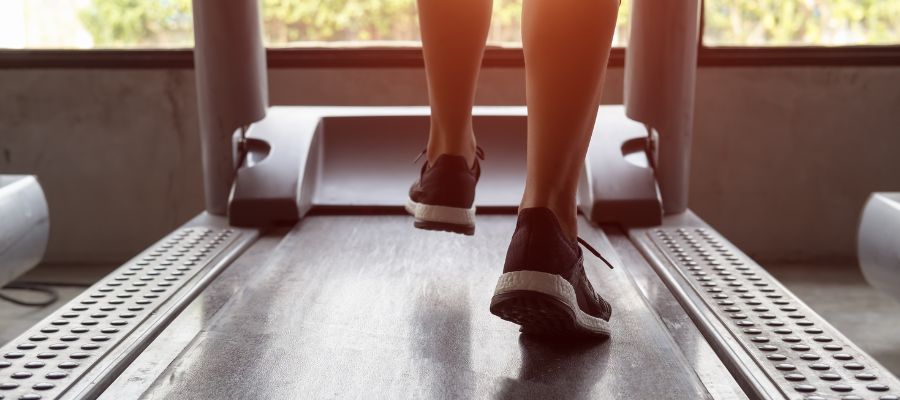|
The average heart beats approximately 100,000 times per day. That’s nearly 3.5 billion times in the course of a lifetime. The heart is only about the size of a fist and weighs between 7 and 15 ounces, yet it pumps up to 2,000 gallons of blood throughout your body per day. This is how our organs and other tissues receive oxygen and nutrients needed to stay healthy. Most of us don’t ever give this a second thought, but that’s a lot of work for one muscle and a huge responsibility with very little rest! So why not take some time to take care of the most important muscle in your body The best way to exercise your heart muscle is through cardiovascular work. When we think of doing cardio workouts like aerobics, step class, jogging, elliptical machines, we all think fat loss. We’re getting a lot more benefits out of these workouts than just fat loss. Sure you will burn calories while performing these activities and more than likely you will tap into your fat storage. But, what about the other benefits to your heart? WHEN YOU DON’T EXERCISE THE HEARTWhen you are not fit in a cardiovascular way, your heart must work harder and accomplishes less work. With each beat, the volume of blood distributed is less than that of a stronger heart, so it needs to pump again sooner in order to keep up with your body’s need for oxygen. When you have a strong heart the pump is very efficient and distributes a greater volume of blood with each beat. This allows the heart to rest longer in between beats. This is why athletes have such a low heart rate. When you’re fit, your heart will also recover quicker from a work load or stress, meaning that when you have to run up the stairs not only will you not be as winded, but your heart rate will return to its resting level a lot quicker. If we do not exercise as we get older our muscles atrophy, and that includes your heart. Every day activities become more difficult and we tire more easily. There is really no need for this to happen. Take care of your heart and your health. There are 1,440 minutes in a day, I’m sure we can all find 30 minutes to devote to the most important muscle in our body. HOW TO GRADUALLY INCREASE THE WORK LOADPerforming aerobic activities three to five times per week for 20 – 40 minutes will greatly improve your heart health. Of course you should always discuss with your doctor how much and what kinds of physical activities are safe for you. If you are only able to walk for 10 minutes don’t worry about it, consider it a starting point. Be sure to challenge yourself each week by increasing either your intensity or time. I typically recommend that you first increase your time if you are unable to perform a minimum of 20 minutes of continuous activity. Once you have successfully done that, your next step is to increase the intensity. For example, if you are on a treadmill, stay at 20 minutes but instead of walking at 3.0 mph increase it to 3.5 mph. When that becomes a bit easier, add on time but not speed. I find increasing only one variable at a time the best way to move forward other ways to improve your heart heatlh
If you need a little guidance and support on your road to better health why not join my free private Facebook community Weight Loss After 50. Click on this link to join: bit.ly/freefitgroup
1 Comment
3/4/2022 06:53:32 am
Great Article! Thank you for sharing this is a very informative post, and looking forward to the latest one.
Reply
Leave a Reply. |
authorLisa Swanson is an ACE Certified Health Coach, Personal Trainer and Orthopedic Exercise Specialist as well as a certified AASDN and PN level 1 nutritionist. With over 35 years experience helping people turn their lives around, she is on a mission to provide relevant and useful knowledge to help women in midlife reach their goals. featured onCheck out my interview with the Magnificent Midlife podcast on staying fit and healthy long-term.
Categories
All
|
What I DoAt Body & Soul Coaching I empower women over 50 to lose weight and feel confident without deprivation diets or spending hours in the gym.
|
Company |
|
|
© COPYRIGHT 2022. ALL RIGHTS RESERVED.
|
Website Design by My Personal Trainer Website
|



 RSS Feed
RSS Feed